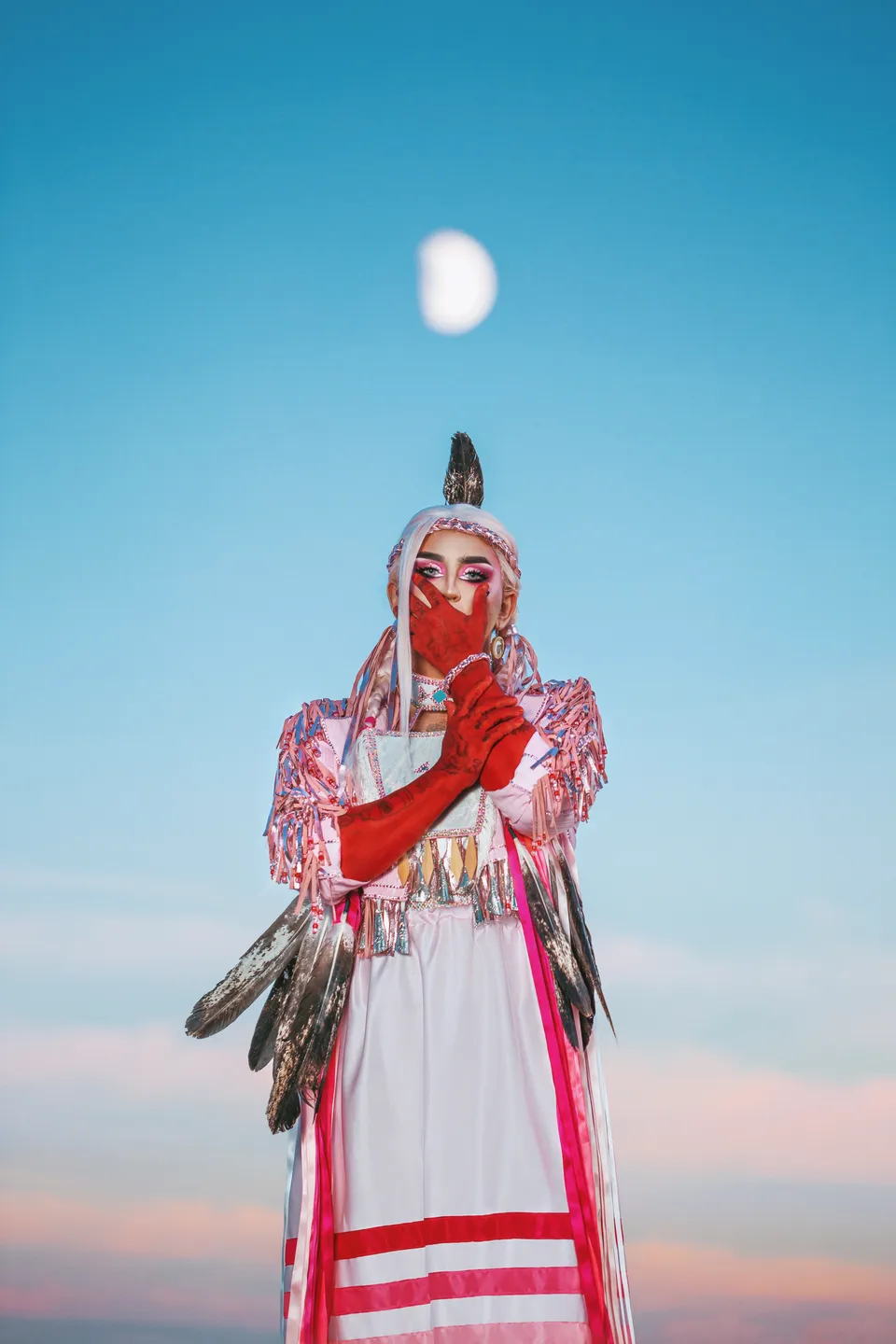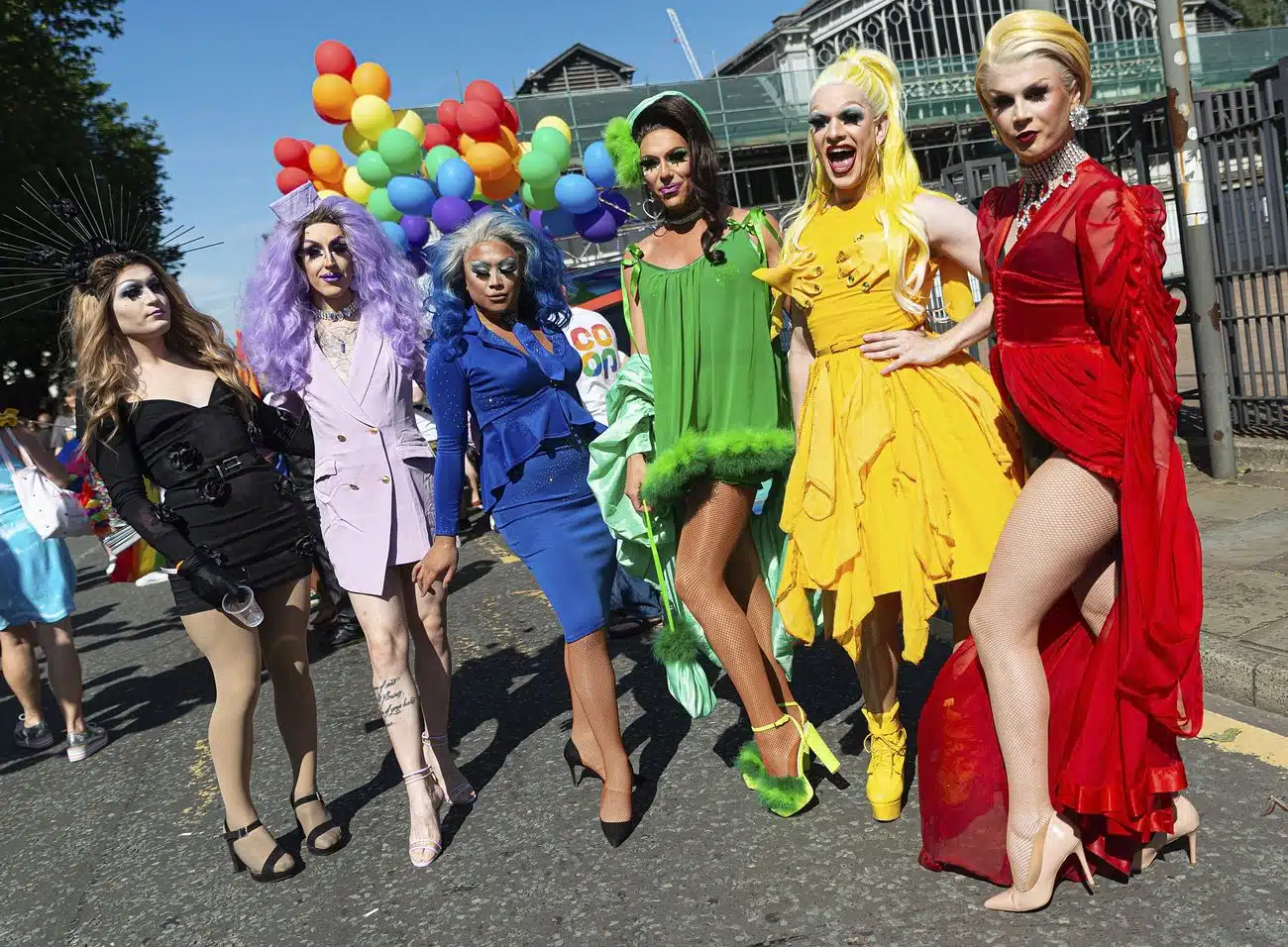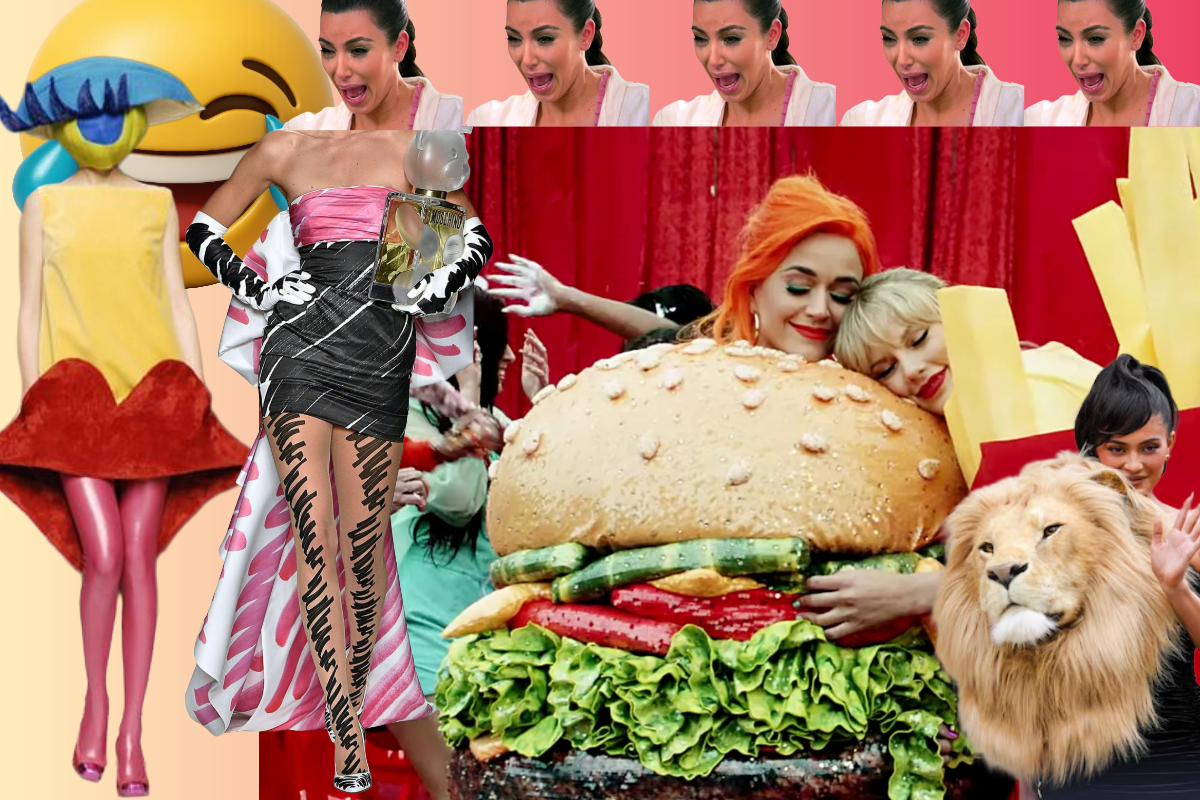The Rise of Anti-Trans Bills in an Era of Conservatism
As of October 2025, 999 anti-trans bills have been proposed in the United States this year alone. While some believe that the rise of anti-trans messaging cropped up in response to the current administration, this is the sixth consecutive year that the number of proposed bills have grown. In 2024, 51 of the 701 bills passed across 17 states. This phenomenon doesn’t just happen on the state level, though. In the past two years specifically, there’s been a notable increase in the number of bills proposed at the federal level, from 0 in 2022 to 88 in 2024.
The number of bills proposed have risen in nearly every state.
If Anti-Trans Legislation Didn’t Start with the Trump Administration, When Did it Start?
From arresting people for crossdressing and violating sodomy laws in the late 1960s and early 1970s, anti-trans, or, more broadly, anti-queer legislation has existed in the U.S. on a national level for at least 65 years. The specific language of “transgender,” however, didn’t come into use in law until the beginning of the Obama Administration. While transgender adults started to see more freedoms, such as the ability to change their gender markers on their passports, states started to propose laws that would impact trans youth. This marks the beginning of the common conservative sentiment of “protecting the future.”
Interestingly, anti-trans bills were initially focused on maintaining that people used the same bathrooms that aligned with their sex assigned at birth. Now, however, the focus of conservatives has shifted. Of the bills that passed in 2024, the vast majority impacted the education of trans students and their access to healthcare.
Anti-Drag Bills are a Front for Anti-Trans Intentions
You may have heard of the pushback on drag queens reading picturebooks to children, or on drag queens performing any kind of show in public spaces. While these attempts to curb freedom of expression are already an issue on their own, they mean more than what appears on the surface. Policing drag queens isn’t just about policing drag, it’s about policing gender. No one fits into the exact gender expectations our legislation has for us, but trans people especially fall outside of the expected norm. If drag queens perform in an expression of gender outside of the expected norm, trans people exist in that state constantly. That means that trans people are constantly subject to the restrictions on drag.
Dr. Lady J, a trans woman, drag queen, and drag historian, explained in an interview the way anti-drag bills and trans rights are connected.
“They come after [drag queens reading books to children] because it seems frivolous. … These laws will be put in place to keep Pride from happening. These laws will be put in place to keep us from marching in the streets for our rights, so that when we as trans people stand up to say “We’re not going to let gender-affirming care be taken away from us, we’re not going to let you demonize us in further ways,” they can say, “Ah, looks like you’re dressed in drag at public at this protest, how about we [arrest you].”
Therefore, anti-drag bans don’t just affect drag queens and kings—they affect every queer person, and more than that, they affect everyone who exists in a gendered space, such as the United States.
What Drag Queens Are Doing About it, and Why Drag is More Important than Ever
Fighting Gender Norms
Drag, as an art form, already makes a statement. Drag performers refuse to be put into a box. They take gender and spin it on its head—they create beautiful performances, visuals, and characters that are neither wholly masculine or wholly feminine. Drag proves that again and again, you can exist meaningfully without conforming to society’s gender norms, and people will always show up to support it.
Speaking Out
Even though drag performers are already making statements just by showing up and showing out, some have chosen to go the extra mile to support causes near and dear to their hearts. On a smaller scale, Philadelphia drag queen Brittany Lynn charges $100 to dress up in a Handmaid’s Tale costume and hand deliver a telegram that ends with the line “Fuck This Administration” to any Trump supporter you choose. Similarly, last year, Brown University’s Sarah Doyle Center invited drag queens to perform at a drag brunch to encourage students to vote in the 2024 presidential election.
On a national level, Here are some moments that stand out to me from past performances on Drag Race.
- Widow Von’Du and Jackie Cox performing to Firework
Both of these looks are important, but for different reasons. Jackie Cox, for one, appears in an America-themed hijab and abaya. She plays a young girl, one who’s too young to understand the politics of being Muslim and a woman in America. The only reveal in the performance is the fact that she’s wearing heels. The story she tells is one of innocence and one of humanity. The desire for assimilation, and the cold truth of impossibility.
On the other hand, Widow Von’Du’s outfit was an homage to black power through the Black Panther Party. In particular, the black turtleneck and afro were commonly associated with the party throughout the Civil Rights movement.
- Mariah Paris Balenciaga’s talent show piece

On Drag Race All Stars Season 5, Mariah Paris Balenciaga read a poem she had written about racism in America. In it, she compares America to a blank wall, or a canvas, and the blood sweat and tears from the disenfranchised and people of color to the oils in the beautiful painting, and the stain on the wall. She also encouraged white queens to speak up, and to hold white fans accountable.
- Symone’s Black Lives Matter dress
In 2021, Symone’s runway look made headlines. Clad in a white gown with a headpiece that resembled a white lily, she turned her back to reveal that the back of her headpiece said “say their names,” in red rhinestones and the back of her dress had three matching red bullet holes. In her accompanying statement, she said she was proud of her “ability to stand with those whose lives have been taken from them, simply because they were born darker than white.” She encourages us to “say all of their names.” Not just to remember, so that we never forget.
Symone’s statement was not only significant in a time where police brutality had surged against Black and brown people, but stood as a reminder for everyone who has passed throughout history. Even if they’re no longer the focus of the media, their lives will always matter.
- Ilona Verley’s MMIW

Ilona Verley, who starred on Canada’s Drag Race as the first ever indigenous queen in the franchise, has drawn attention to the lack of representation of Two-Spirit people in media. While many of her looks shine in their monochromatic pastel, she has also worn traditional garments in her performances, such as a ribbon skirt and jingle dress. Her runway look on Drag Race (pictured above) brought awareness to Missing and Murdered Indigenous women and girls, with the blood red glove signifying the way that the violence against these women is silenced by the media.
She also brings up an important point that “I can sit and talk about being Indigenous until I’m blue in the face, but people are visual learners. When they see something that’s pleasing to their eyes, 9 times out of 10, they’re more interested in learning more.” This is another example of why fashion is so important in creating change.
- Gottmik’s top surgery runway look.
It would be an oversight to ignore Gottmik’s iconic top surgery runway outfit. Gottmik was the first ever trans man to star on RuPaul’s Drag Race, and in doing so, reminded the world that one of the best things about drag is that it is for everyone. This look was a testament to overthink the queen had been through, on and off stage. Gottmik highlights the journey that came with her top surgery, the concept that scars are sexy, and that fundamentally, drag, transness, and queerness are all intertwined.
Additionally, multiple queens have spoken out using their voices, not just their fashion. Sasha Colby in particular made a statement in 2023. She said “we’re not gonna let them take us down. We’re going to keep doing what we need to do. Because you know what? Drag is for us and drag is art.” Kerri Colby, her drag daughter, said that drag had saved her life, and Laganja Estranja added that if it weren't for drag, she “would not have found [her] truth as a trans woman.” Heidi N Closet agreed. What these artists point out is that the necessity behind drag is its relentless positivity, which is why it has existed for so long and why it must continue.
In 2024, famous drag queens Peppermint, Monet Exchange, Alaska, BenDeLaCreme and William went even further, creating an aptly named Drag PAC. The PAC’s goal isn’t exactly endorsement, but rather to encourage voter efficacy in the younger generations through education, voter registration, and social media presence.
What You Can Do About It
- Support your local queens and trans friends. Showing solidarity at drag shows or online doesn’t just help support queens financially, it shows them that they aren’t alone. The same goes for your friends.
- Raise awareness. While not everyone has the privilege to speak out without consequences, many of us do. Whether that’s using social media, contacting your local media outlets, or spreading the word to colleagues, you’re making a difference.
- Contact your representatives. You may feel powerless to make a change on the federal level, but legislation starts local. Make sure you know who your congressional representatives are and what they’re doing. The same goes for your governor and mayor/city council. For example, California and Illinois have pushed back against the current administration’s militarization of the national guard thanks to the pressure of residents.
- Get involved with your school board. As stated earlier, one of the most prominent aspects of anti-trans legislation is policing schools and young children. We may not be able to influence the private sector, but attending school board meetings and reaching out to the public school district leadership is a good way to find out what’s going on, and possibly change some minds. There also may be an opportunity for media coverage, which is a good way to inform the public of what’s going on and to bolster support.
Wrapping up Drag Fashion and Anti-Trans Legislation
In times where it's easy to feel helpless in the face of legal power, there are always steps you can take in your community. Take inspiration from drag queens: they've been speaking out since before there was a word for "drag."







.png)